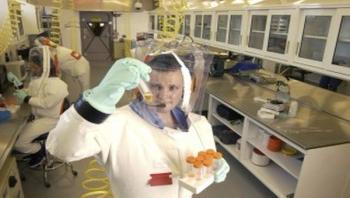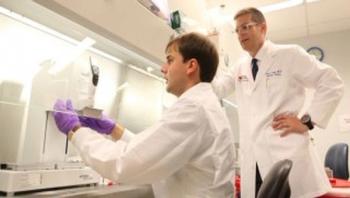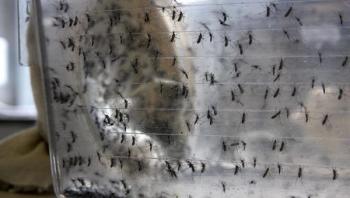
Healthcare-associated infections (HAIs) are a major health concern, despite being largely preventable. Standard precautions are the minimum infection prevention practices that apply to all patient care, regardless of suspected or confirmed infection status of the patient, in any setting where healthcare is delivered. These basic but effective practices are designed to both protect healthcare workers (HCW) and prevent HCWs from spreading infections among patients.






